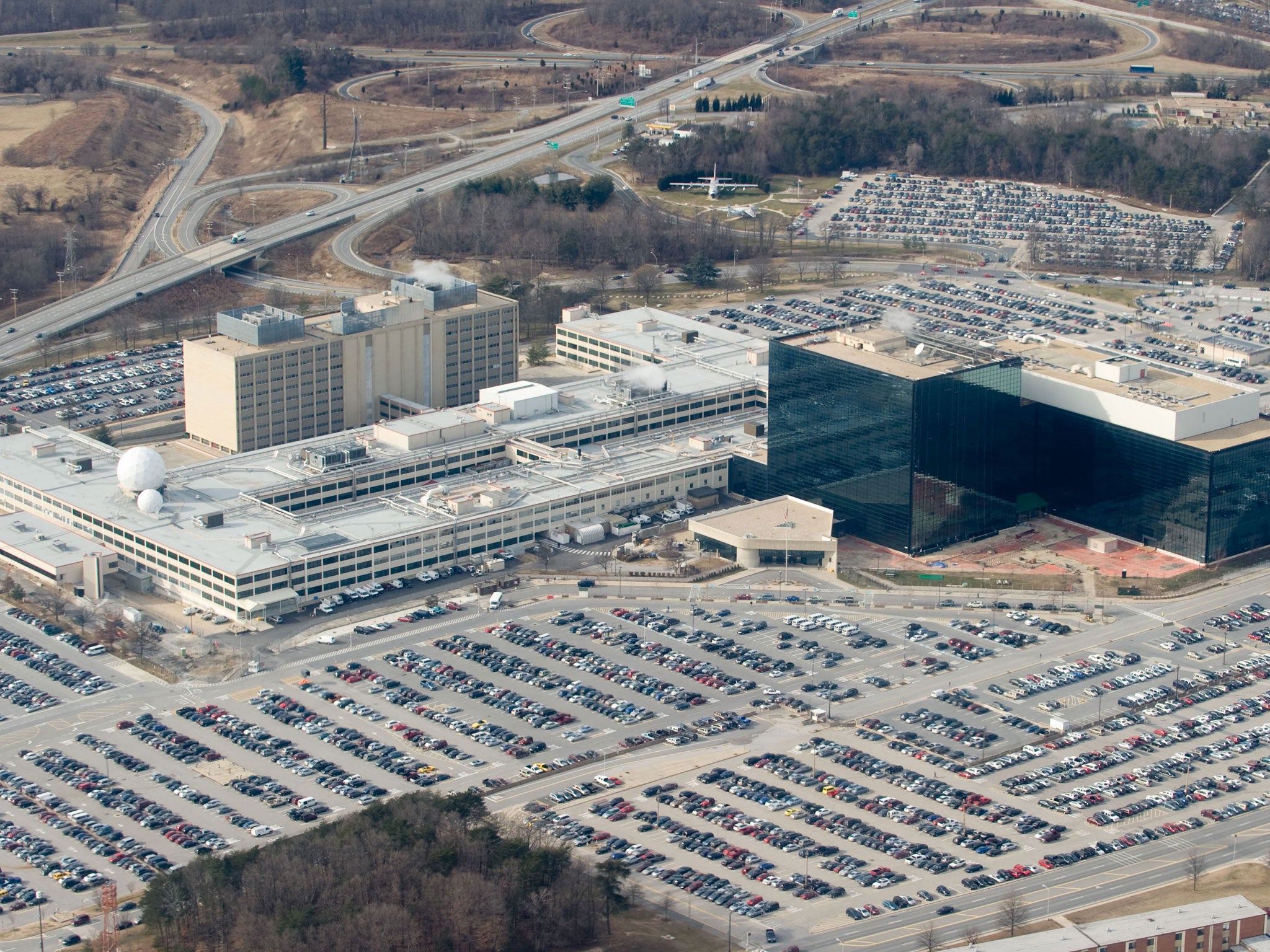NSA’s top-secret cyber squad: The hackers at the Office of Tailored Operations are one of the strongest weapons in America's formidable arsenal
TAO was established in 1997 to hack into global communications systems at a time when fewer than 2 per cent of the world’s population had access to the internet

They are mostly young, casually dressed and fearsomely computer literate – and, if they sound just like typical Silicon Valley start-up geeks, they are. But the employees of the NSA’s Office of Tailored Operations, or TAO, are also among the most powerful weapons in the formidable US cyber-arsenal.
The top-secret unit, whose existence is rarely acknowledged by the NSA, hacks computers around the world – harvesting data, monitoring communications and even mounting its own cyber-attacks. In a new report based on internal NSA documents, Der Spiegel describes TAO as “something like a squad of plumbers that can be called in when normal access to a target is blocked”.
TAO workers are said to be “considerably younger” than most of their fellow NSA employees and many have been recruited at hacker conferences, where the NSA director Keith Alexander – a four-star general – has been known to appear dressed down in jeans and a T-shirt in order to attract prospective candidates.
TAO was established in 1997 to hack into global communications systems at a time when fewer than 2 per cent of the world’s population had access to the internet. Today, the unit has offices in Hawaii, Georgia, Texas, Colorado and at NSA headquarters at Fort Meade, Maryland, where there are an estimated 600 TAO operatives. The documents obtained by Der Spiegel suggest that, during the mid-2000s, TAO accessed 258 targets in 89 countries. By 2010, it conducted 279 operations per year worldwide. These included hacking the private, protected networks of world leaders, including both rivals and allies of the US. Among their targets was Mexico’s Secretariat of Public Security, described in the documents as a “gold mine” of information regarding shared US-Mexican concerns such as the drugs trade and human trafficking.
In 2005, TAO is thought to have gained access to a vast trove of information about China’s cyber-intelligence activities. According to a recent report by The Washington Post, the unit was also instrumental in the hunt for Osama bin Laden, gathering intelligence from mobile phones used by Bin Laden’s al-Qa’ida colleagues.
Much of TAO’s work is focused on mass telecommunications and the unit relies on the secret co-operation of the three largest US telecoms companies – AT&T, Verizon and Sprint – as well as major US internet service providers. They have also hacked European networks and, after one “sustained TAO operation”, managed to access BlackBerry’s famously secure BES email servers. Another top-secret document outlines the agency’s infiltration of “SEA-ME-WE-4”, a vast underwater cable telecoms network that links Europe to the Gulf states, Pakistan, India and the Far East.
The unit has even been known to organise the interception of shipping deliveries to its intelligence targets, installing its own “back doors” in hardware manufactured by Microsoft, Huawei and others, providing covert, remote access to the devices once they are in use.
The current budget plan for US intelligence estimates that by the end of 2013, some 85,000 computers worldwide will have been infiltrated by the NSA. This year a former agency official told Bloomberg Businessweek that TAO now gathers two petabytes, or two million gigabytes, per hour of data from overseas computer networks.
And yet, the former head of TAO claimed in one document that, “it is not about the quantity produced but the quality of intelligence that is important”. The unit has produced “some of the most significant intelligence our country has ever seen”.
Subscribe to Independent Premium to bookmark this article
Want to bookmark your favourite articles and stories to read or reference later? Start your Independent Premium subscription today.

Join our commenting forum
Join thought-provoking conversations, follow other Independent readers and see their replies